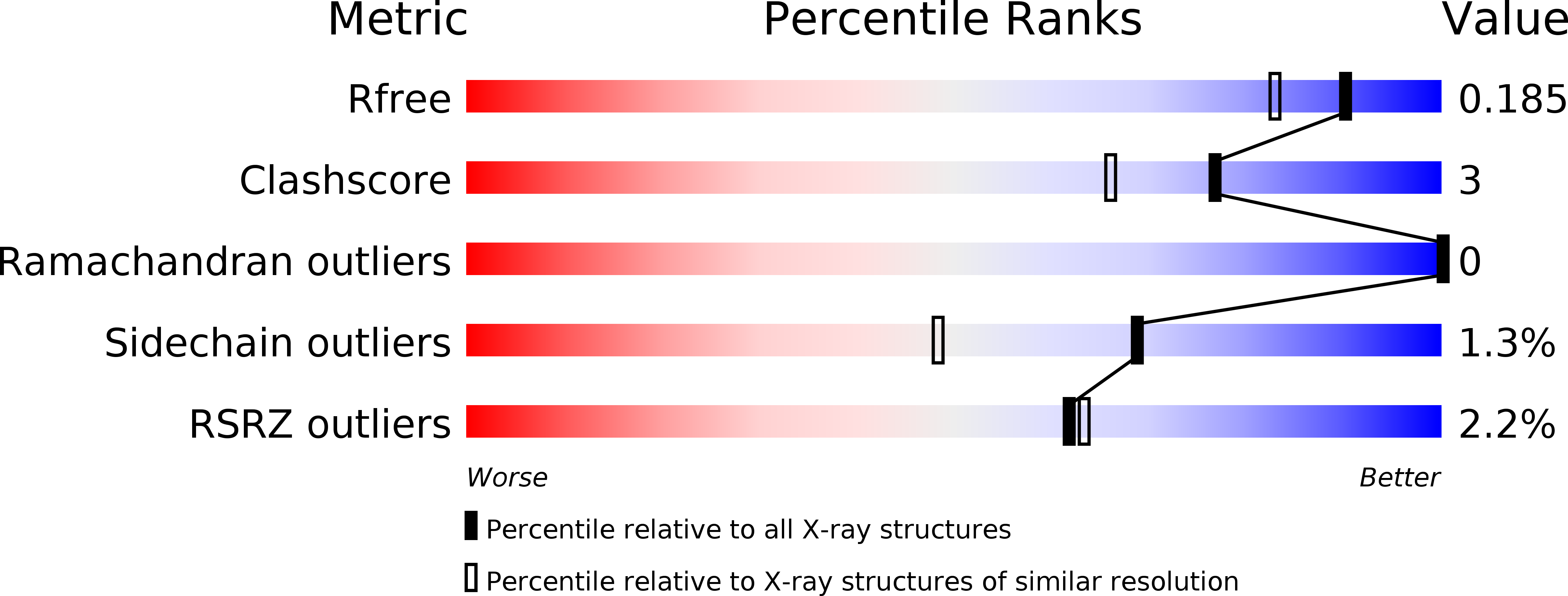
Deposition Date
2010-01-05
Release Date
2010-03-09
Last Version Date
2024-10-30
Entry Detail
PDB ID:
3L9S
Keywords:
Title:
Crystal Structure of Salmonella enterica serovar Typhimurium DsbA
Biological Source:
Source Organism:
Host Organism:
Method Details:
Experimental Method:
Resolution:
1.58 Å
R-Value Free:
0.18
R-Value Work:
0.14
R-Value Observed:
0.14
Space Group:
P 1 21 1


